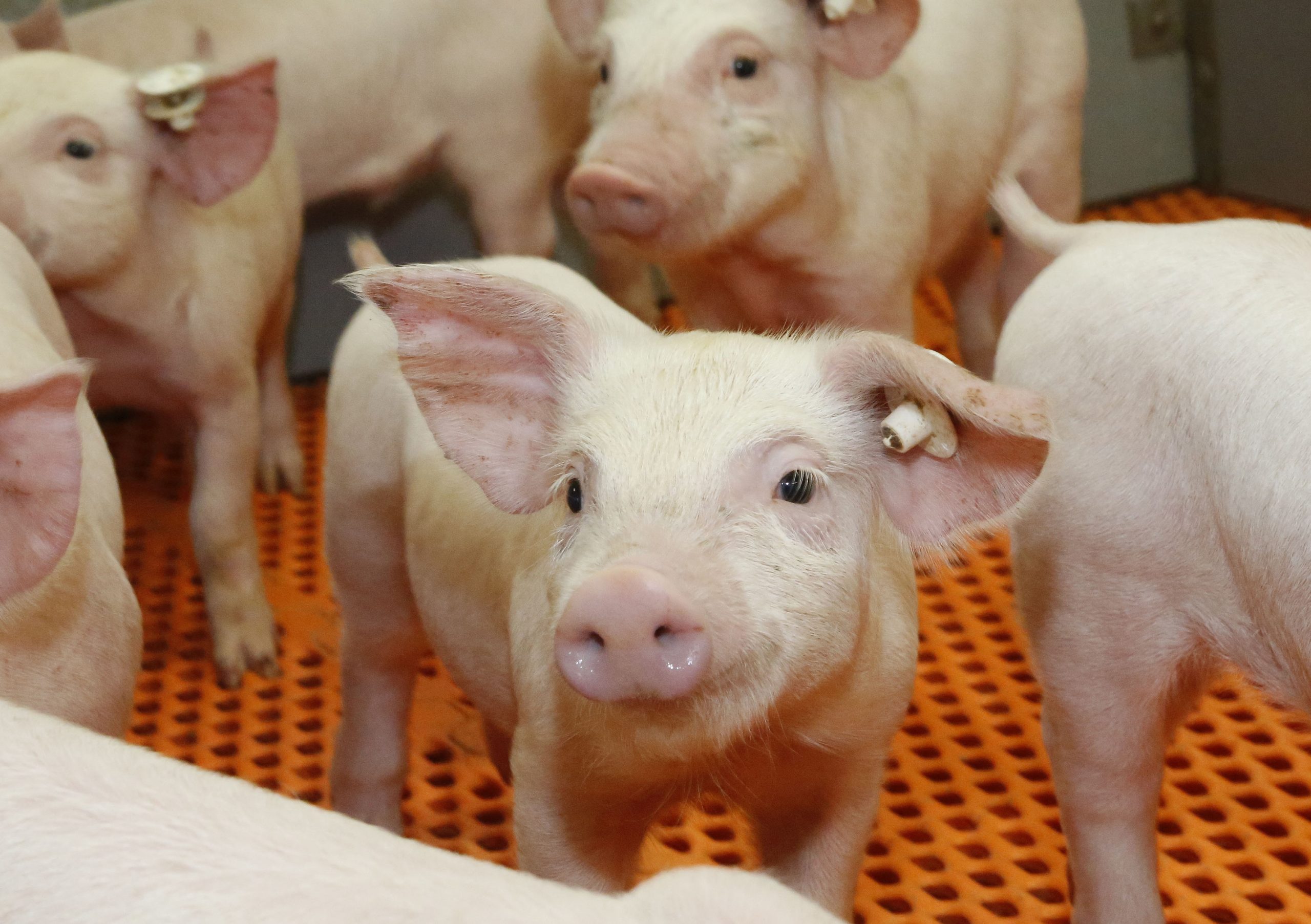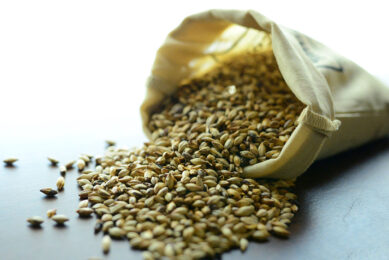Piglet diets: Looming zinc ban not your only worry

The EU’s impending ban on the use of zinc oxide at medicinal levels has given us all cause to take a closer look at piglet feed.
At the moment, an estimated 70-90% of starter diets in the UK contain zinc oxide at therapeutic levels1, used to prevent and control post-weaning diarrhoea (PWD) and bowel oedema in young pigs.
2022: Zinc withdrawn
In just 5 years’ time, by 2022, all veterinary medicines containing zinc oxide will be withdrawn: that’s 5 years earlier than hoped by both the UK’s National Pig Association (NPA) and Veterinary Medicines Directorate (VMD) who favoured a 10 year transition period.
“We had hoped for longer as we believe the industry will need at least 10 years to adapt to life without this vital health tool,” said NPA Chief Executive, Zoe Davies. Losing zinc now is particularly difficult as the industry is making a concerted effort to reduce antibiotic usage on farms. Many farmers have already started to lower zinc levels in piglets’ diets in an attempt to identify, and hopefully mitigate, any potential consequences.
Mycotoxins: Another challenge
One source of ill health – including digestive upset – that could confuse the issue and challenge producers in the absence of both zinc and antibiotics are mycotoxins. Mycotoxins are toxic substances produced by moulds and fungi on plants, including feed crops such as wheat, barley and corn. They are invisible, tasteless and not destroyed by normal feed manufacturing processes. Furthermore, with as many as 400 mycotoxins having been identified, the problem is highly complex:
- Each plant can be affected by more than one fungus.
- Each fungus can go on to produce more than one mycotoxin.
- More than one mycotoxin can be present in any one feed ingredient.
- Mycotoxins can combine in powerful, toxic synergies that can be of great concern to livestock health and productivity.
Crops that are already diseased or stressed are more likely to be affected by mycotoxins and, according to the Food and Agriculture Organisation (FAO), around 50% of the world’s crop harvests may be contaminated with mycotoxins2.
Symptoms in piglets
As a species, pigs are considered highly susceptible to the effects of mycotoxin contamination, with piglets and female breeding stock being the most affected. Depending on the mycotoxins present and levels of contamination, symptoms in piglets can include:
- Reduced feed intake or feed refusal
- Diarrhoea and vomiting
- Reduced rate of gain or weight loss
In adult pigs, the symptoms vary considerably depending on which mycotoxin is responsible and can range from fertility and reproductive problems, reduced productivity, suppressed immunity and various pathological effects on organs and tissues.
Know what you are dealing with
If you suspect a problem, the best course of action is to find out what you are dealing with. A variety of mycotoxin detection tools are available for the different mycotoxins in both food and feed ranging from quick easy tests bringing rapid results to those offering more detailed, analytical results. In addition, there are a number of pre- and post-harvest controls you can implement to reduce the risk to your animals, including the addition of a mycotoxin deactivator to the feed.
References 1 and 2 are available on request.
Join 26,000+ subscribers
Subscribe to our newsletter to stay updated about all the need-to-know content in the feed sector, three times a week. Beheer
Beheer










 WP Admin
WP Admin  Bewerk bericht
Bewerk bericht